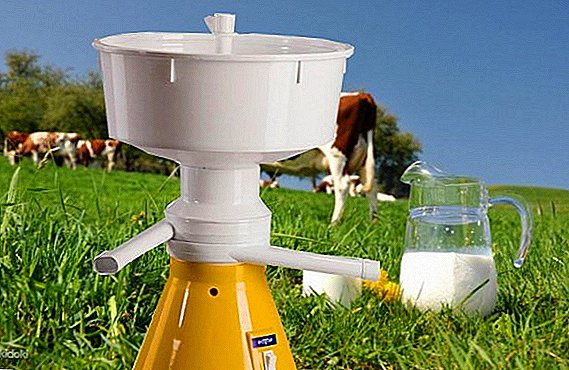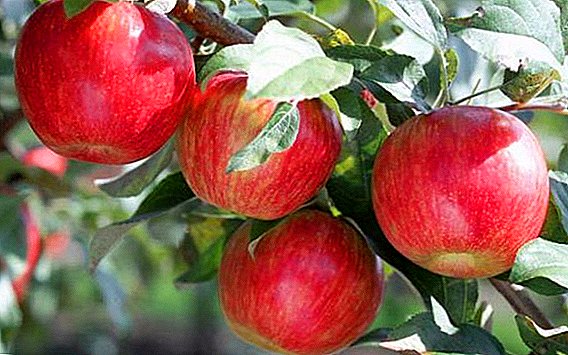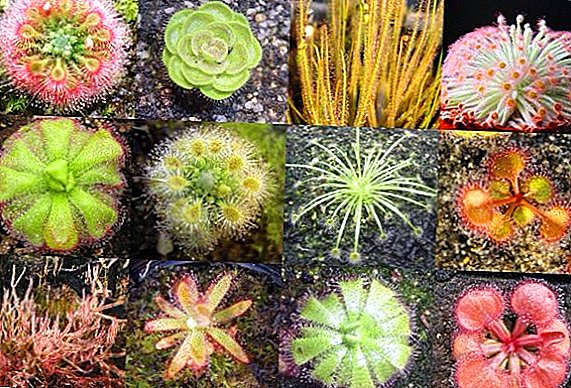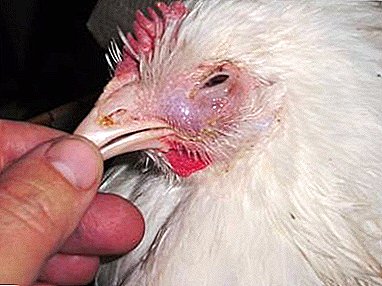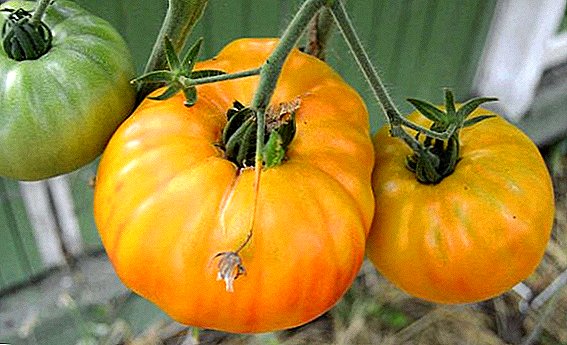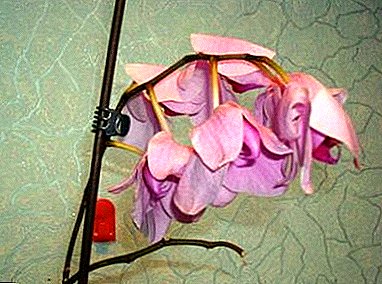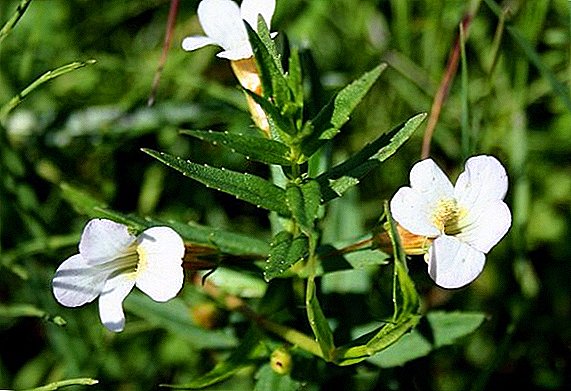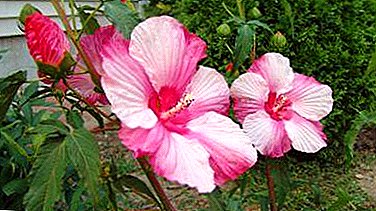
Many people know a very beautiful plant called marsh hibiscus. But not everyone knows how to grow this flower at home and what should be the optimal conditions for the Chinese rose.
This article will tell you about all the intricacies of growing and caring for hibiscus at home, and also learn from the article about how to plant on the open ground and what breeding method is suitable for this plant.
How to care?
Temperature
Hibiscus - not too whimsical, but heat-loving plant. It is desirable to keep it at a temperature of 18 to 25 degrees. If the room is hotter than 30 degrees, the flower should provide a light shade. In winter, it will grow quietly at 15-16 degrees.
Watering
Also, hibiscus needs regular watering. Watering should be plentiful, separated by water at room temperature. To avoid waterlogging, make sure that the top layer of the soil has dried out before watering. After 20-30 minutes after watering, be sure to drain excess water from the pan.
Lighting
Chinese rose - light-loving plant, so you should take care of good lighting. This flower loves bright but diffused light. Avoid direct sunlight, which may singe delicate leaves and flowers. It is best to settle down on the west or east side. Daylight should last at least 10 hours, if necessary, the plant should arrange additional lighting.
Pruning
 The shrub must be cut every year, for the first time pruning should be done at a height of about 60 cm. This is done to give it a decorative look, rejuvenate the plant, remove sick and twisted shoots.
The shrub must be cut every year, for the first time pruning should be done at a height of about 60 cm. This is done to give it a decorative look, rejuvenate the plant, remove sick and twisted shoots.
Crown can be formed fluffy or horizontal. Lush will have to form more and more carefully. In order for the plant to have such a crown, you should take a plot somewhere 1/3 above the leaf facing out and cut it off.
Pruning is desirable to produce in winter or in spring. There are several rules for cutting a flower:
- Cut with ordinary scissors, because the branches of the hibiscus are too thin for a secateur.
- It is necessary to cut off the "tops" - shoots parallel to the main branches, as well as all the dry and old twigs.
- Crop after each flowering to form new shoots.
Priming
To prepare the soil yourself, mix sod land, leaf soil, humus and sand in the proportions 4: 3: 1: 1. You can add crushed charcoal, which will prevent diseases of the root system. Optionally, vermiculite is placed on the bottom of the tank, a special mineral that can absorb water weighing up to 500% of its weight. It protects the plant from fungal diseases and increases breathability.
Soil acidity should be close to neutral: pH 6-7, maximum - 7.8, minimum - 5.5. If the acidity of the soil goes beyond these limits, it becomes harder for the plant to take nutrients. Store primer should be selected carefully, following the acidity rate specified above.
Top dressing
Feed the plant with mineral fertilizers - in the winter phosphate, potash once a month, in the summer nitrogen - about once every three weeks. You can apply mulch, which protects hibiscus in winter and reduces weed growth. Mulch consists of several components, such as sawdust, tree bark, straw, compost, grass. Even for this purpose, artificial materials, such as paper or cardboard, are used.
Important! Hibiscus does not tolerate excess fertilizer. In his case, it is better to underfeed than overfeed. Otherwise, the plant will stop blooming.
Transfer
Young shrubs are transplanted annually in more spacious pots. This is usually done in late April or early May. The flower is transplanted until the diameter of the pot reaches 30 cm.
Adult plants are transplanted every 3-4 years. When transplanting the land around the rhizome is not removed. The whole earthen room is transplanted into a new pot with the addition of fresh soil. When the hibiscus becomes too large and transplantation does not work, the topsoil is replaced every year.
 Step-by-step transplant process:
Step-by-step transplant process:
- The plant is carefully removed from the old container.
- Roots neatly free from excess land.
- A layer of drainage must be laid in the prepared pot, some soil is poured in from above so that after installing the earthen coma, the trunk does not have to be buried or bare.
- Place the flower in the middle of the pot and sprinkle it with fresh earth around the edges.
Pot
For planting seeds or cuttings used a low pot height of about 7-10 cm. The diameter depends on the number of seedlings. After rooting, each stalk is planted in a separate container up to 10 cm high, with a radius of 4-5 cm.
Material should be selected carefully. Chinese rose grows well in ceramic pots and wooden tubs. In plastic containers, the roots of the plant will overheat.
Wintering
If your plant grows in open ground, you should think about how it will endure winter. Winter hardiness hibiscus marsh slightly below average. But the root system can often withstand temperatures up to -30 degrees.
In late autumn, you need to completely cut off the dead shoots, pour plenty of water on the bush and spud it with straw, sawdust or foliage. This will save the plant in case of frost without snow. Also, hibiscus is afraid of winter dampness and often dies from drowning.
After the purchase
If you bought a finished flower, then pay attention to the size of the pot. Transplantation is not recommended, but if the pot is small, the Chinese rose should be transplanted into a more spacious container. After transplanting to a permanent place of residence, hibiscus is placed in a greenhouse or covered with a plastic bag.
Planting and maintenance in the open field
When planting plants in open ground should choose a wet and sunny place., fertilize it.
The land around the flower you need to constantly loosen, remove weeds that hinder the growth of hibiscus. It is necessary to prepare the Chinese rose for wintering, which was described above. Also, the plant must be protected from pests such as aphids and spider mites. For their destruction it is better to treat the plant with insecticides.
If your plant refuses to bloom and slows its growth, it means there is not enough phosphorus or boron in the soil. And if the shoots are stunted in growth, then the soil lacks nitrogen fertilizers - the plant should be treated with fertilizer with the addition of nitrogen, and then the flowering must appear.
Plant photo
Here you can see photos of hibiscus:





Reproduction by seeds and cuttings at home
The seeds of the plant are propagated as follows:
- Seeds are neatly incised, dunk for 12-48 hours.
- Spread out on the ground and lightly press down, cover with glass or film.
- Every day the greenhouse needs to be a little ventilated, wetting up the soil when drying.
- After the emergence of seedlings cover is removed.
- When the leaves develop on the plant, from 3 to 5 pieces, the seedlings dive into separate small pots.
Reproduction by cuttings is different:
- Cuttings cut from the tops of the young growth with two or three internodes.
- Then they are put in water or wet sand for 10-14 days.
- After the roots appear, the cuttings are planted in pots.
- The hole is made to a depth of 10 cm, a cutting is planted in it.
Attention! When breeding in open ground, you should remember that you need to sow in January-February, choosing for this fertilized, warm soil and a well-lit place. Also, the seeds at the same time can be placed on the day in a growth stimulator, and then planted.
Today we have reviewed all the features of growing hibiscus marsh, everything you need to know about watering and lighting, transplanting and reproduction of this plant. Now your hibiscus will grow and bloom you for fun for many years to come!


